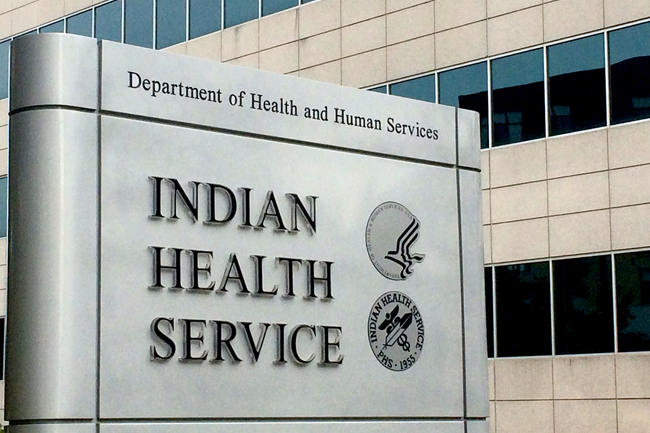Researchers: Feds must pay for $3B EHR at Indian Health Service
The federal government has “an obligation” to fund a major healthcare IT modernization program at the Indian Health Service, and the bill will be high.

More for you
See AllLoading data for hdm_tax_topic #better-outcomes...